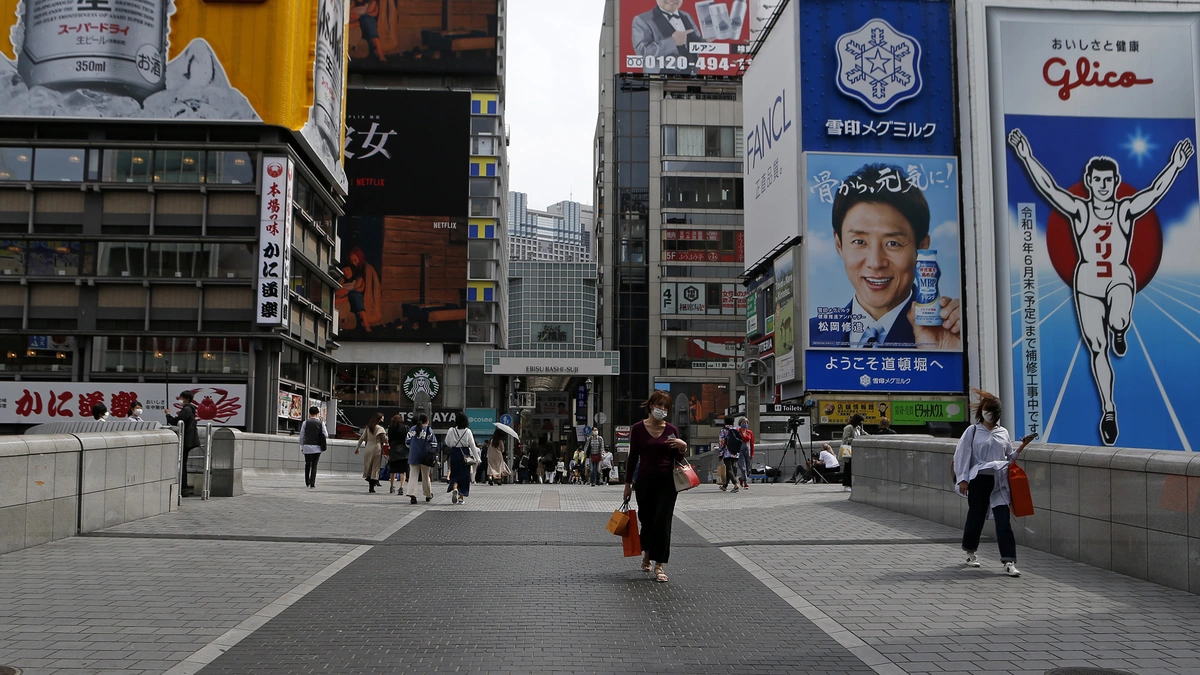Adani Group’s US$2.2 Billion Mumbai Airport Inaugurated by Indian Prime Minister
Okay, so another shiny, massive infrastructure project just got the big thumbs-up in India. The Adani Group’s Mumbai Airport, a US$2.2 billion behemoth, has officially been inaugurated by the Indian Prime Minister. But let’s be honest – there’s way more to this than just a ribbon-cutting ceremony. What fascinates me is the ‘why’ behind it all. Why this airport? Why now? And what does it all mean for the average Indian traveler?
A Gateway to Growth | Decoding the Mumbai Airport Expansion

It’s easy to see this as just another airport, but it’s a crucial piece in India’s economic puzzle. Mumbai, as we all know, is the financial heart of India. A modern, efficient airport isn’t just about fancy lounges and smoother check-ins. It’s about facilitating trade, attracting investment, and connecting India to the world. I initially thought it was simply about adding capacity, but then I realized the scale of the project and the strategic importance of airport infrastructure to India’s global ambitions.
The new airport aims to significantly boost passenger and cargo handling capabilities. But, and this is a big but, the increased capacity means more than just shorter queues for us travelers. It translates to businesses being able to move goods more efficiently, investors having easier access to the Indian market, and the overall economy getting a serious shot in the arm. Think of it as building not just an airport, but a launchpad.
Adani’s Aviation Ambitions | More Than Just Runways
Here’s the thing: the Adani Group isn’t just building airports; they’re building an aviation empire. And this expansion of the Mumbai International Airport is a key part of that strategy. They already control a significant chunk of India’s airport infrastructure, and this latest addition solidifies their position as a major player. Now, that raises a few eyebrows, doesn’t it? Is it a good thing to have so much control concentrated in one group?
It’s a double-edged sword. On one hand, it could lead to streamlined operations and faster development. On the other, it raises concerns about monopolies and potential lack of competition. According to a report in the Economic Times, Adani aims to handle 400 million passengers and 4 million tonnes of cargo annually across its airports by 2025. That’s a huge number. Let me rephrase that for clarity – it’s a massive number. I see people worrying that this concentrated power could influence prices and services in the long run. Only time will tell if these ambitions will benefit the average flyer.
The Passenger Experience | What’s in it for You and Me?
Okay, enough about economics and corporate strategy. What does this mean for us, the passengers? A lot, actually. Expect shorter waiting times, more efficient baggage handling, and a generally smoother travel experience. The new terminal promises state-of-the-art facilities, including swanky new lounges, more retail options (duty-free shopping, anyone?), and better connectivity. A common complaint I hear is about the chaotic nature of Indian airports – this expansion aims to address that head-on.
A major focus is on improving the overall passenger experience. This includes everything from more comfortable seating to faster Wi-Fi. While sources suggest new digital check-in kiosks will be implemented, the official confirmation is still pending. But, and this is important, don’t expect miracles overnight. The transition will take time, and there will likely be teething problems. Let’s be patient, folks.
Navi Mumbai Airport | Easing the Load
The existing Chhatrapati Shivaji Maharaj International Airport has been operating at near full capacity for years. This new airport at Navi Mumbai is designed to ease the pressure on the existing facility. But, here’s the catch, the Navi Mumbai airport is a long pending project and with its finalization and then this upgradation will surely affect air travel in the region.
By sharing the load, both airports can operate more efficiently, leading to fewer delays and a better overall experience for travelers. A common mistake I see people make is assuming that these projects are independent of each other. They’re not. They’re part of a coordinated effort to upgrade India’s aviation infrastructure. The goal is to transform Mumbai into a true global aviation hub, and that’s no small feat.
Sustainability and the Future of Mumbai Airport
In today’s world, any major infrastructure project needs to address sustainability. The Adani Group has made commitments to reduce the airport carbon footprint and incorporate green technologies into the new terminal. This includes using renewable energy sources, implementing water conservation measures, and reducing waste. But, let’s be honest, are these commitments genuine, or just lip service?
The company aims to achieve carbon neutrality by a certain date. According to the latest circular on the official Adani website, they’re investing heavily in solar power and waste management initiatives. The one thing you absolutely must double-check when it comes to sustainability claims is the independent verification. Are these claims backed up by reputable organizations? It’s best to keep checking the official portal for updates and independent audits.
FAQ About the Newly Inaugurated Mumbai Airport
What airlines will operate from the new terminal?
Specific airline assignments are still being finalized, but expect a mix of domestic and international carriers to operate from the new terminal. Details will be announced closer to the full operational launch.
Will this new airport affect flight prices?
Potentially. Increased competition and efficiency could lead to lower fares in the long run, but various factors influence flight prices.
What if I have a connecting flight at the existing airport?
Ensure you check your flight details carefully and allow ample time for transfers between terminals, if necessary. The airport will likely provide shuttle services.
Will there be new routes and destinations available from Mumbai Airport?
Yes, the increased capacity opens doors for airlines to introduce new routes and destinations. Expect announcements from airlines in the coming months.
Is there improved airport connectivity with the Mumbai city?
Yes, there are improvements in railway connectivity and roadways.
How will the new airport impact air cargo services?
The airport will have enhanced air cargo services as well as warehousing and logistics.
So, the Adani Group’s US$2.2 billion airport project in Mumbai isn’t just about adding another building; it’s about reshaping India’s aviation landscape and its role in the global economy. Whether that reshaping benefits everyone remains to be seen, but it’s definitely a story worth watching closely.













